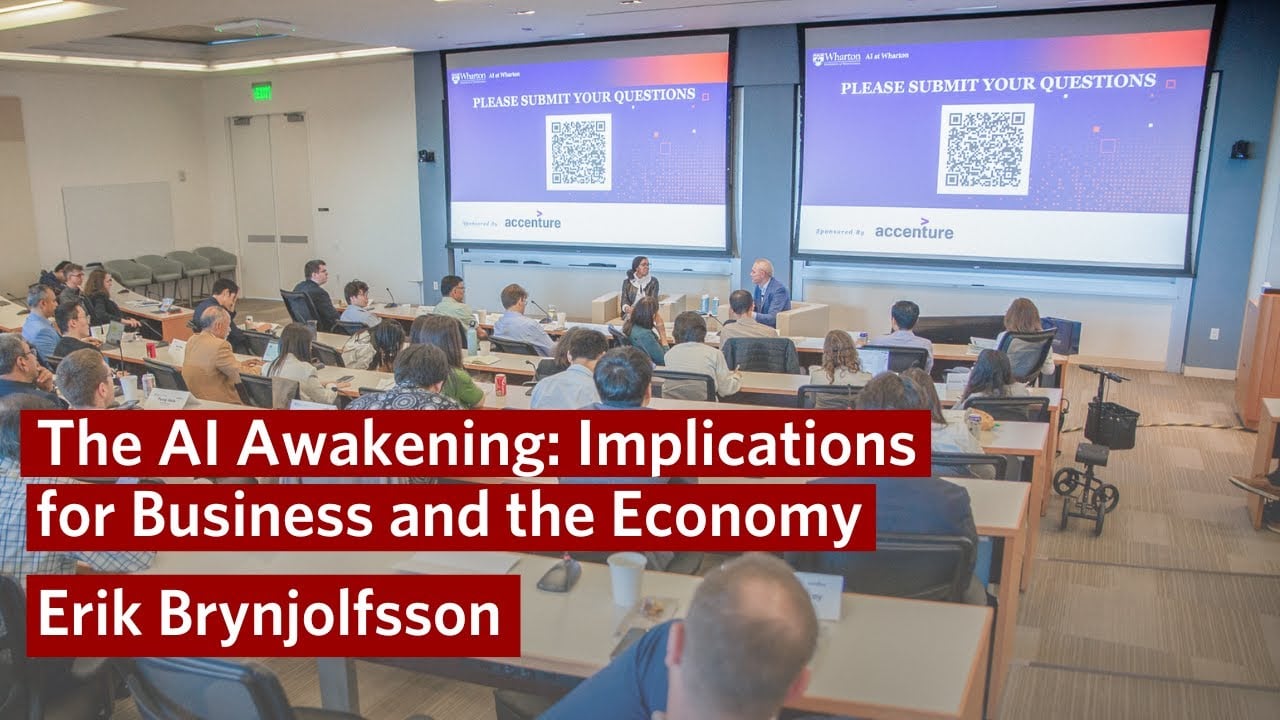I recently found out that some tech companies are listing AI technologies as part of their workforce in their latest reports. This feels like a significant change in the way businesses are approaching artificial intelligence in the work environment.
Has anyone else recognized this trend? I’m eager to learn about its implications for the future of employment and if it’s merely a marketing tactic or if there are genuine legal or business motivations behind it. Are these firms aiming to provide AI with some sort of formal recognition, or is it primarily focused on advertising?
It makes me think if we will witness an increase in such practices as AI becomes more embedded into business functions. What are your thoughts on companies viewing AI tools as traditional employees?
This isn’t marketing hype - it’s about transparent financial reporting. I work in enterprise software implementation and I’ve watched several clients restructure their documentation to properly track AI contributions. When AI handles most of your customer service, data analysis, or content creation, you need hard numbers for stakeholder reports. The legal side isn’t about giving AI employee rights. It’s about creating clear accountability for AI-driven decisions. This matters especially in regulated industries where you must document exactly who or what made each business choice. From what I’ve seen, this trend will grow as companies face more pressure to justify AI investments with real metrics instead of empty promises about efficiency.
We did something like this last quarter. Don’t call them “employees,” but we track AI agent productivity just like human output.
Our AI systems handle 40% of code reviews and generate initial test cases. When leadership asks about team capacity, we can’t pretend these systems aren’t doing real work.
It’s not about legal status or anything crazy. Just tracking another business asset that produces value. We need ROI on AI investments, and calling them “workforce contributors” makes budget planning way clearer.
More companies will do this as AI tools stop being experimental and become essential. When your chatbot handles 70% of support tickets, it’s basically doing a job that’d need human staff.
Practical stuff beats philosophical debates. Companies need concrete ways to measure AI contributions, especially when they directly hit revenue or cut costs.
Workflow automation platforms are the real game changer here - they make this transition way smoother than manual tracking.
I’ve automated our entire AI workforce reporting pipeline. Instead of managers manually calculating what our AI agents do, everything flows through automated systems tracking task completion, output quality, and resource usage in real time.
You can set up workflows that automatically sort AI contributions by department, project type, and business impact. No more spreadsheet hell trying to figure out if your AI saved 200 hours this month.
Most companies miss this: proper AI workforce integration needs the same automation approach as the AI itself. You can’t track modern AI productivity with old school manual processes.
I built flows that auto-generate reports showing exactly which AI systems contributed to each project milestone. When leadership asks about team capacity, I’ve got live dashboards instead of guesswork.
This isn’t just about compliance or ROI anymore. It’s about systems that scale with your AI adoption. Manual tracking breaks down fast when you’ve got dozens of AI agents doing real work.
The workflow automation approach handles everything from initial AI task assignment through final impact reporting. Makes the whole “AI as workforce” concept actually manageable at scale.
For more details, check out https://latenode.com.
Here’s another angle that goes beyond ROI tracking. Companies are doing this to prep for upcoming AI governance regulations. When you formally classify AI systems as workforce contributors, you get better documentation trails for audits. This matters big time for AI liability issues. If an automated decision goes sideways, you need clear records showing which AI systems were responsible - it’s about legal compliance. I’ve seen this play out in financial services where regulators are asking tough questions about algorithmic decisions. There’s also a capacity planning shift happening. Traditional headcount metrics are useless when AI handles major workloads. Companies need new frameworks to show investors and partners their real operational capacity. Yeah, it might look like semantic games, but this classification bridges the gap between tech teams who get AI capabilities and business folks who still think in traditional workforce terms.
